Annotation
- How to determine your skin type yourself?
- Care for different types of facial skin
- Bold type
- Dry type
- Combined type
- Normal type
Proper facial skin care is based primarily on its type. It is skin type that determines the activity of metabolic processes in it. This means that washing and moisturizing with the wrong type of products can cause dryness and increased sensitivity of the skin. Different types of epidermis have different needs, and what is beneficial for one type creates the opposite effect for another.
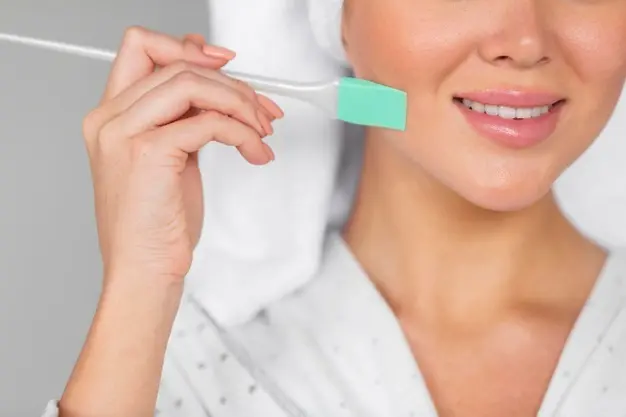
There are several types:
- Oily (problem) skin. Owners of this skin type face the problem of enlarged pores, oily shine and frequent inflammation. This epidermis produces sebaceous secretions more actively, which is why the already enlarged pores begin to clog - hence the tendency to rashes. In addition, oily skin is much denser than normal skin. On the one hand, this is good - thick epidermis is less susceptible to aggressive environmental factors and looks more elastic. On the other hand, such density requires additional care, and if inflammation develops, more time will be required for treatment. Inflammations can appear due to dehydration (when the skin becomes especially sensitive), due to improper care or lack thereof.
- Dry skin. This is the most sensitive type, most prone to dehydration. The pores on such skin are almost invisible, which is why rashes are rare and do not take on a systemic nature. At the same time, the epidermis is thin, and little collagen and hyaluronic acid are produced in the dermis - such skin is most prone to feelings of dryness, tightness, and the early appearance of wrinkles. Being sensitive, it is susceptible to inflammation due to frequent use of products with active ingredients and washing without intensive moisturizing.
- Combination skin. This type is characterized by dryness in some areas of the face and excessive oil production in others. A typical oily area is the T-zone - this is where you will experience oily shine and frequent breakouts. At the same time, the skin in the area of the cheeks and cheekbones will be quite dry. This combination of types requires a separate care system for each area. There are also universal products that solve basic problems of any skin type - most often these are moisturizing creams or serums.
- Normal skin. It does not produce excess sebum, does not experience dryness when properly moisturized, does not suffer from frequent inflammation, and generally requires only basic care. Such an epidermis is the dream of many, but skin type changes only under the influence of specific factors.
Despite the fact that skin type is indeed determined genetically, some conditions may manifest themselves as properties of a certain type. Thus, changes in hormonal levels can turn normal or dry skin into oily or combination skin. Most often this happens during the most important hormonal changes in the body: puberty, pregnancy, menopause.
External factors can also affect the condition of the skin: due to constant stress, it can become dry and sensitive, if the diet is disrupted or simply due to a diet with a lot of fats and fast carbohydrates, it can become oily. This does not mean that the natural mechanisms of the skin have changed - as soon as the body returns to a calm regime and a healthy diet, the skin will also begin to work in its “usual” mode.
How to determine your skin type yourself?
The characteristics of the epidermis are largely responsible for the skin type: the rate of cell regeneration, the activity of the sebaceous glands, the size of the pores and the sensitivity of the cells to irritation. A dermatologist can determine the type of skin on your face, but this can also be done at home.
Several criteria are used for visual identification:
- color and relief;
- visible texture (matte or shiny);
- pore size;
- presence of inflammation and peeling.
Uniform color without dullness is a sign of basically normal skin. Also occurs in the combined type. Dullness is a common sign of oily skin.
Smooth relief and matte texture are characteristic of normal skin. Dry skin will have a rough texture with flaking, while oily skin will simply have an uneven texture due to enlarged pores. At the same time, dry and normal skin will be matte, while oily skin will stand out with its shine. Combination skin will only shine in the T-zone.
Rashes are characteristic of oily and combination types - in the latter case they will be predominantly in the T-zone. Dry skin will peel, especially after irritation.
A more accurate method, available at home, is best done half an hour after washing and before applying moisturizers or mattifying products. It is better not to check immediately after washing - the sebaceous glands have not yet begun their usual production of oily secretions, so the result may be less accurate.
After half an hour, you need to apply a matting or regular napkin to your face for twenty to thirty seconds. After this, carefully remove it and inspect it:
- if there are no greasy marks on the napkin, you have a dry skin type;
- if there are small fatty marks without clear localization, this is a normal type;
- if traces of sebum are predominantly in the T-zone, this is combination skin;
- if the napkin remains oily over the entire area applied to the face, this is an oily skin type.
By knowing more about your skin, including its type, you can care for it with products designed specifically for it. Such products provide gentle washing, solve problems specific to a certain type, provide good hydration, and, if necessary, also have a mattifying effect.
Care for different types of facial skin
After determining your skin type, you can better navigate special care for it. However, there is also basic care that is mandatory for any epidermis.
Basic care includes cleansing. Cleansing includes not only washing and getting rid of visible impurities, but also removing dead skin cells and accumulated fat. Exfoliation is also possible at home, but the best way to deal with this is through procedures performed by a cosmetologist - peelings, cleansing, and hardware treatments such as microdermabrasion.
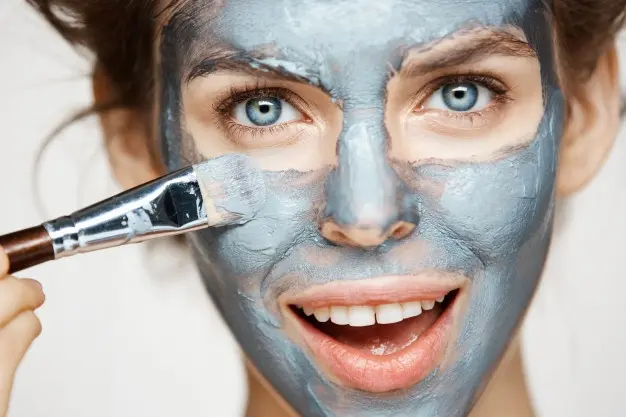
Cleansing ends with toning - using a toner to soothe the skin and restore its acidity. Since the pH of water and many cleansers does not match the pH of the skin, the acidity moves towards the more alkaline side. This disrupts the protective lipid barrier of the epidermis, so a toner is definitely needed to restore balance. In addition, this stage will prepare the skin for the use of products for further stages of care.
All skin needs hydration, regardless of its type. The epidermis constantly loses moisture, the balance of which needs to be replenished. After 25 years, the production of substances that are responsible for retaining moisture in the skin slows down - hydration should be more intense with age.
The skin also needs nutrition - it strengthens the lipid barrier and makes the epidermis softer on the surface. For each type, nourishing cream is selected according to its own criteria.
Sun protection is also important - ultraviolet radiation harms the skin not only in summer, but also in winter, when daylight hours are especially short. This radiation is considered one of the most harmful environmental factors: ultraviolet rays thicken the skin, slow down collagen production, and generally accelerate aging - this process is called photoaging. A cream with an ultraviolet radiation filter is needed for any skin type.
Bold type
It is important not to aggravate the condition of such skin - to prevent inflammation. Oily skin needs to be carefully looked after: cleanse it well, use mattifying tonics (not alcohol-based), and consolidate the result with anti-inflammatory creams. Alcohols and oils should be avoided in product formulations.
Cleansing with exfoliation should be gentle - no need to injure the skin with scrubs or brushes. Peeling should be fine, and it is best to use chemical exfoliation - alpha hydroxy acids and fruit acids. It is important not to overuse such active ingredients - they are quite aggressive, so if you use them excessively, inflammation will appear, the skin will become irritated and dehydrated.
Rashes need to be eliminated point-by-point, without cleaning yourself - for this it is better to make an appointment with a cosmetologist. Among the things that can be used at home and only spot-on, products with acids are suitable, and for lightening the skin after healing of scars - retinol.
Dry type
Acids, retinol and scrubs are practically contraindicated for dry skin - they can damage already thin and sensitive skin, causing redness and peeling. The emphasis in care should be on moisturizing the epidermis during the day and strengthening the lipid barrier at night. Washing and other stages of cleansing should be as gentle as possible - peelings and other more aggressive methods should be carried out only on calmed skin, no more than twice a week.
Combined type
It combines care for oily and dry skin. The T-zone will need light formulas with a mattifying effect and active ingredients that regulate sebum production. Cheeks and cheekbones need active hydration and nutrition - serums, as well as day and night creams, are suitable. When rashes appear, you need targeted care without alcohol in the composition. Benzyl benzoate, niacinamide in medicinal concentrations, and azelaic acid are best suited for eliminating acne.
Normal type
Basic care will be enough here - problems with such skin rarely appear. Additionally, you can use creams with protection from ultraviolet radiation to prevent photoaging.

It is best if the care is prescribed by a cosmetologist - in this case, you can not only accurately determine your skin type, but also find a care regimen that will ensure a healthy and natural appearance of the skin.


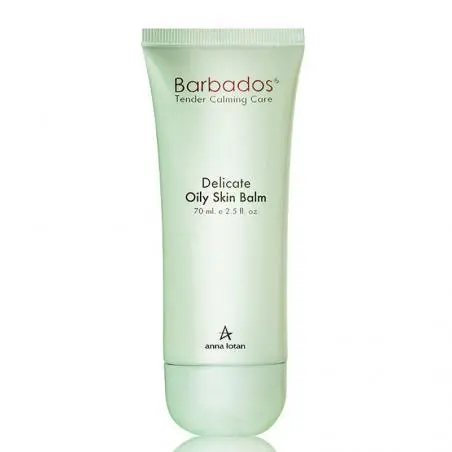

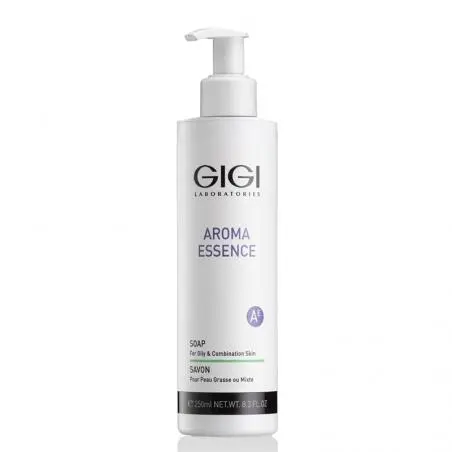
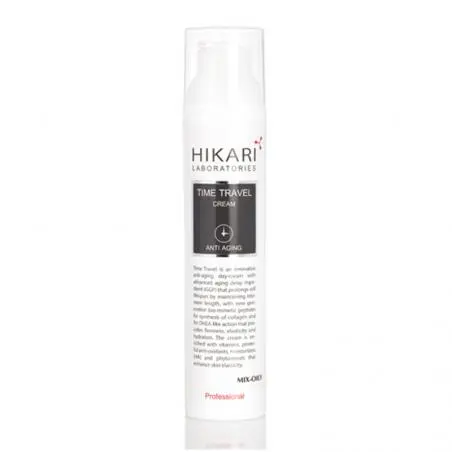
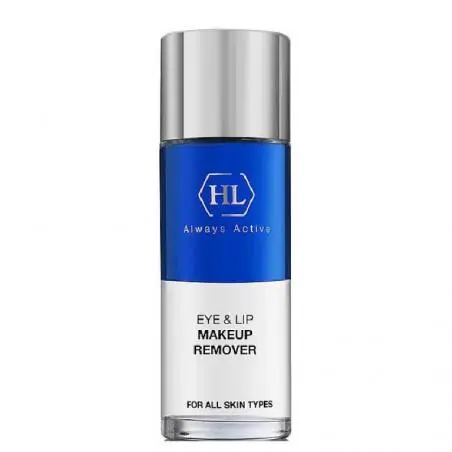

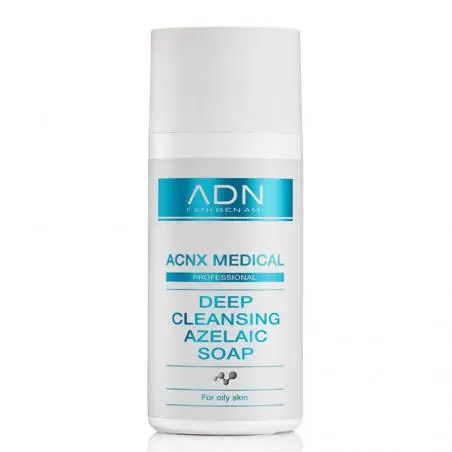
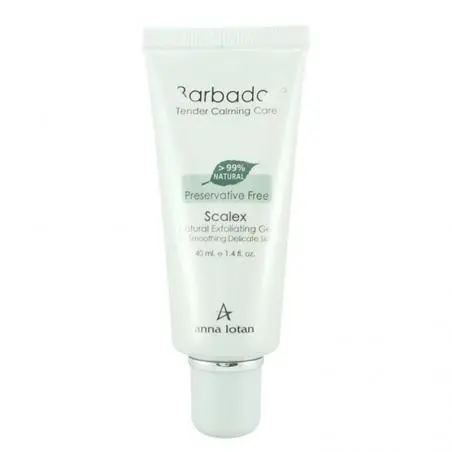


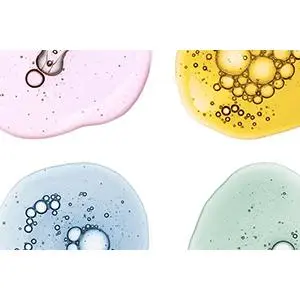
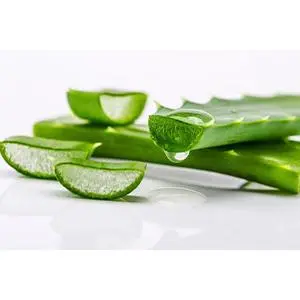
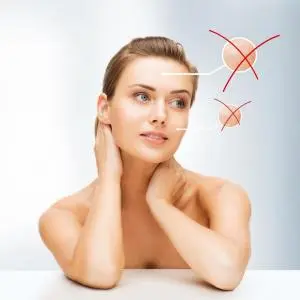
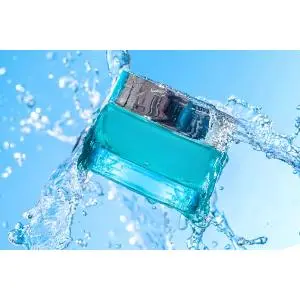
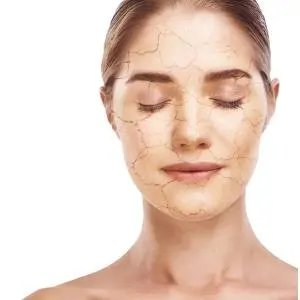
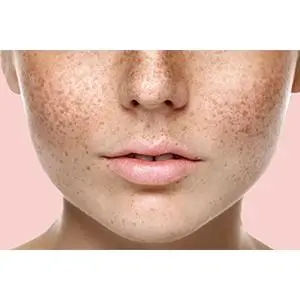

Comments
Leave your comment